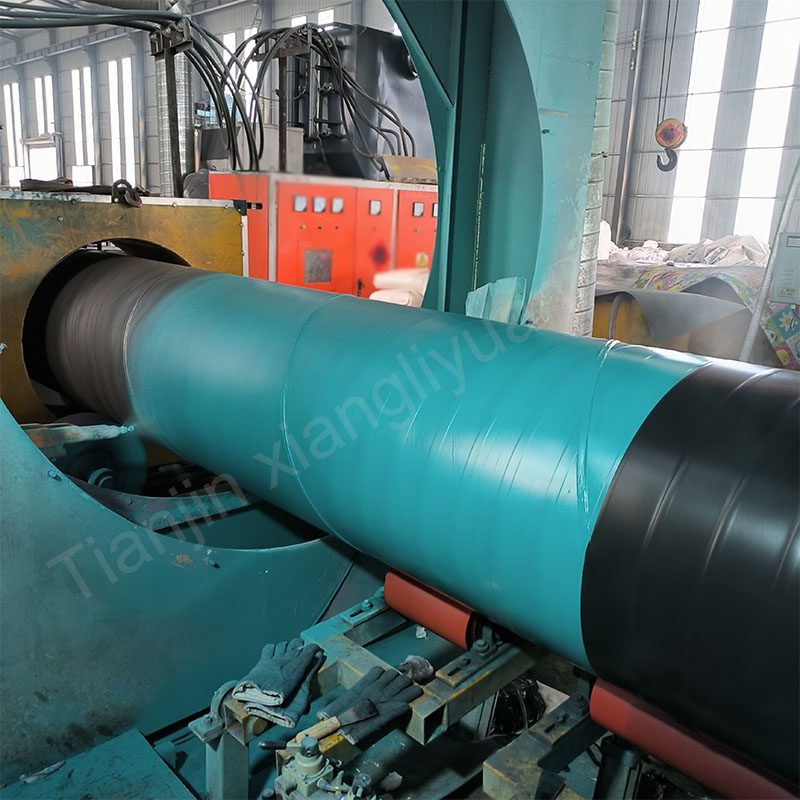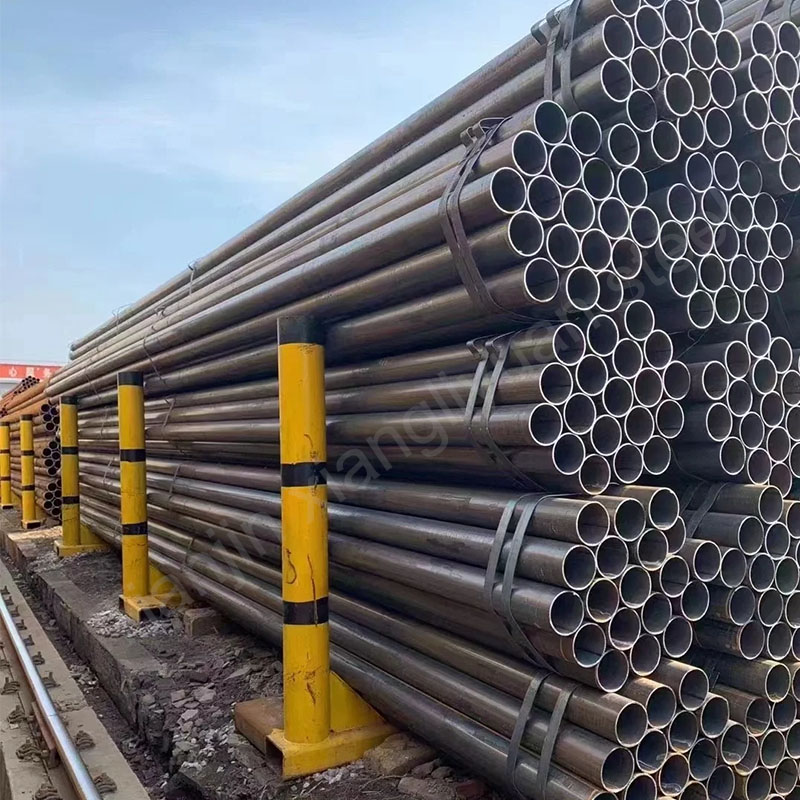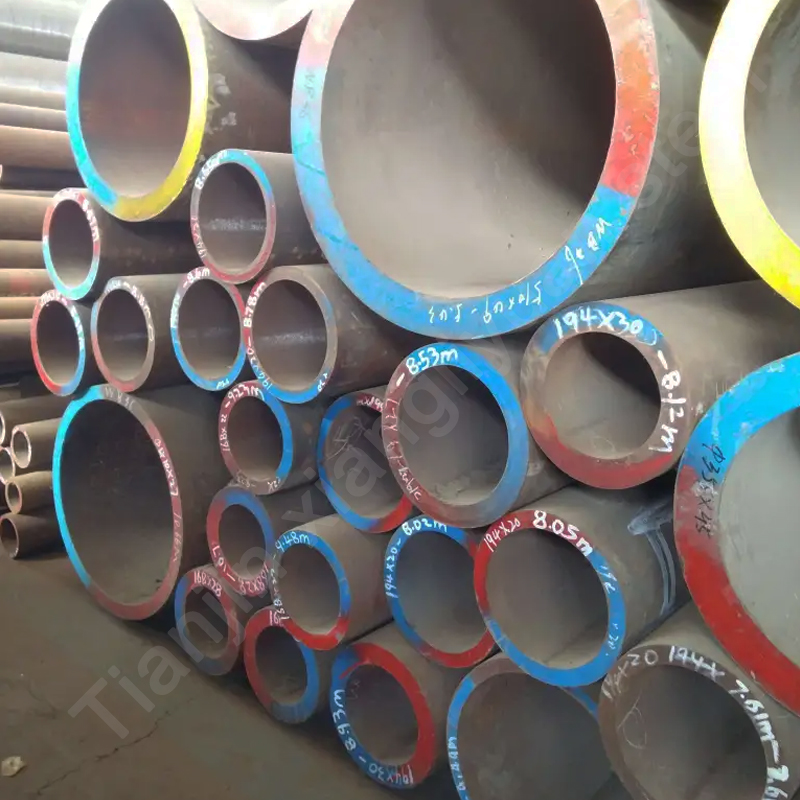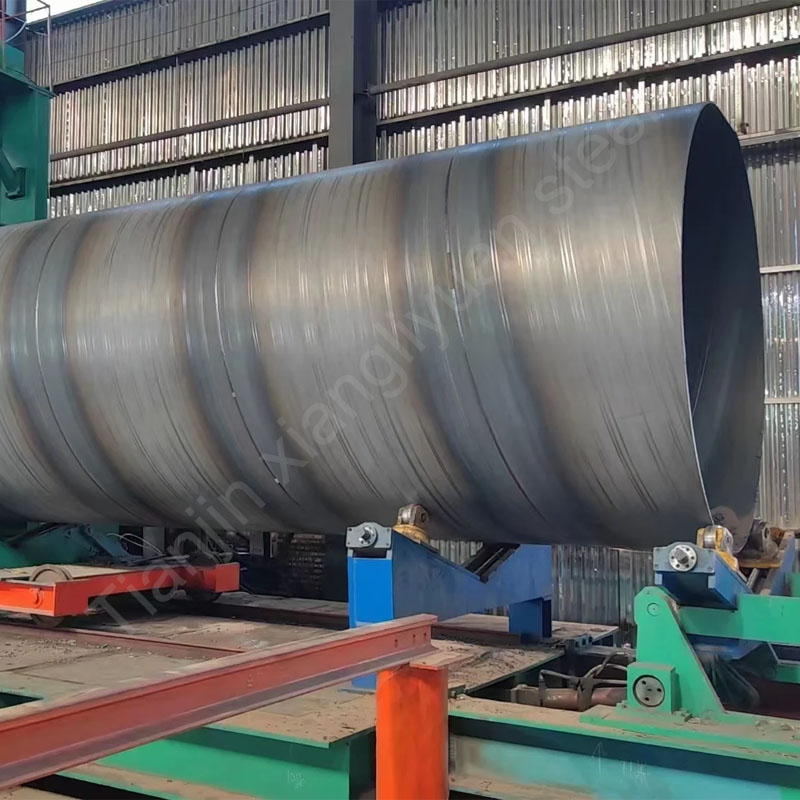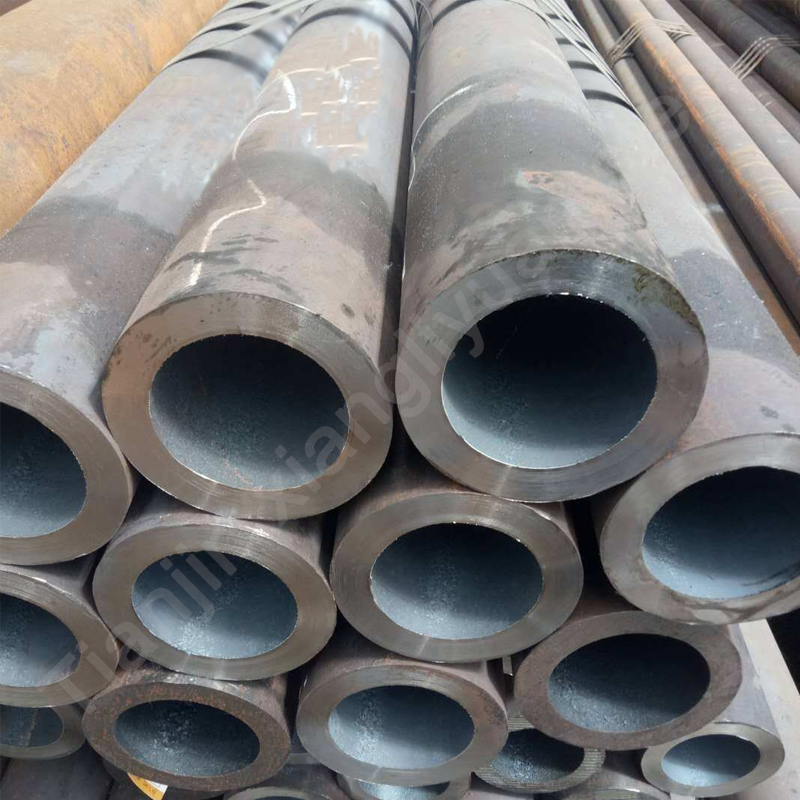Pickling
1. Use acid to remove impurities such as scale and rust on the surface of the steel pipe. After pickling, the surface of the steel pipe becomes smooth and suitable for further coating or plating.
Sand blasting
1. Use high-speed sand flow to clean the surface of the steel pipe to remove scale, rust, dirt, and enhance surface roughness. After sand blasting, the adhesion of the coating is improved.
Shot blasting
1. Shot blasting is similar to sand blasting, but the surface is cleaned by the high-speed impact of steel shots. After shot blasting, the surface of the steel pipe is more uniform, which is suitable for occasions with high corrosion resistance requirements.
Grinding
1. Use a grinder or mill to fine-tune the surface of the steel pipe to remove surface irregularities or defects, which is suitable for steel pipes that require a higher surface finish.
Phosphating
1. Form a phosphate film on the surface of the steel pipe through a chemical reaction to enhance the corrosion resistance of the steel pipe and increase the adhesion of the coating.
2. Surface coating treatment methods for welded steel pipes
Galvanizing
1. Hot-dip galvanizing: immerse the steel pipe in molten zinc liquid to form a zinc layer on the surface, which has high anti-corrosion performance and is often used outdoors and in corrosive environments.
2. Cold galvanizing (electrogalvanizing): zinc is plated on the surface of the steel pipe by electrolysis. The anti-corrosion performance is slightly lower than that of hot-dip galvanizing, but the surface is smoother and suitable for occasions with high requirements for appearance.
Spray coating
1. Spray epoxy resin, polyurethane, polyethylene and other coatings on the surface of the steel pipe to form a dense anti-corrosion coating, which is suitable for applications with high anti-corrosion requirements.
2. Powder spraying: using electrostatic powder spraying technology, spray powder coating on the surface of the steel pipe and heat and cure it to form a dense protective film with good corrosion resistance and wear resistance.
Paint coating
1. Apply or spray anti-rust paint or anti-corrosion paint. Common coatings include alkyd paint, epoxy paint, polyurethane paint, etc., which are suitable for general anti-rust needs.
Inner Lining Coating
1. A layer of corrosion-resistant material, such as cement mortar, epoxy resin or polyethylene lining, is applied to the inner wall of the steel pipe, suitable for water pipes, oil pipes, etc. to prevent inner wall corrosion and improve fluid delivery efficiency.
3PE Anticorrosion Layer (3-Layer Polyethylene Coating, 3PE)
1. A three-layer structure anticorrosion coating, consisting of an epoxy powder bottom layer, an adhesive middle layer and a polyethylene outer layer. It has high anticorrosion performance and is widely used in buried oil and gas pipelines. .
Anti-Rust Oil Coating
1. Anti-rust oil or anti-rust wax is applied to the surface to prevent short-term rust. It is suitable for preliminary protection of steel pipes before leaving the factory, and is mainly used in transportation and storage stages.

